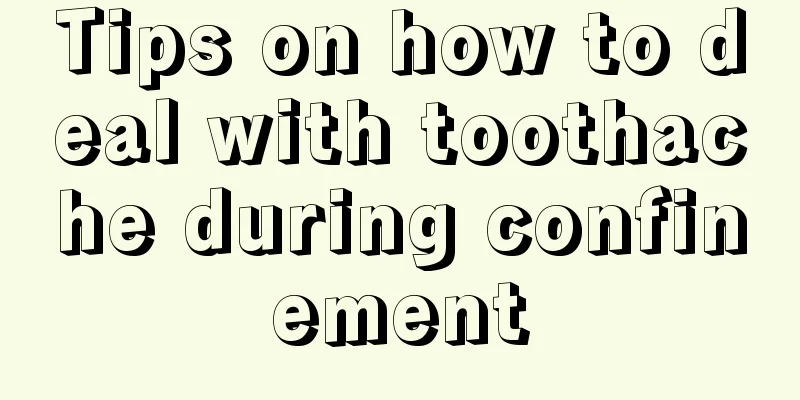Protect the "little stars" on campus! Get this popular science guide to childhood epilepsy!

|
Entering the campus, you will see smiling faces full of vitality. Among these lovely children, there are some special "little stars" - they suffer from childhood epilepsy. In order to ensure that children with epilepsy can learn happily in a safe and inclusive environment, Xu Lin, deputy chief physician of the Pediatrics Department of Hunan Provincial Second People's Hospital (Provincial Brain Hospital), took us to learn about scientific knowledge about childhood epilepsy, and together we can create a blue sky for the "little stars". 1. Understanding childhood epilepsyChildhood epilepsy is a chronic disease caused by abnormal discharges of brain neurons. It does not affect the child's intellectual development, but may suddenly occur at any time and anywhere, manifested by symptoms such as short-term loss of consciousness, convulsions, and abnormal sensations. Importantly, epilepsy is not a contagious disease and cannot be spread to other students through contact. 2. School Preparation and Adaptation1. Home-school communication Parents should communicate fully with school teachers and school doctors, explain their child’s condition, treatment measures during an attack, and daily precautions, to ensure that the school can provide appropriate attention and support. 2. Personalized learning plan Based on the child's condition, work with the teacher to develop a flexible study plan to avoid epileptic seizures caused by overwork. 3. Safe environment Schools should ensure that classrooms, playgrounds and other areas have no sharp corners to reduce the risk of accidental injuries. At the same time, an emergency contact mechanism should be set up to ensure that help can be obtained quickly in the event of an incident. 3. Understanding and Care among Classmates1. Popularization of education Through class meetings or health education classes, popularize epilepsy knowledge to the whole class, eliminate misunderstandings and fears, and cultivate empathy. 2. Positive guidance Students are encouraged to treat classmates with epilepsy with a normal attitude, without discrimination or ridicule, but instead give more care and encouragement. 3. Mutual Aid Group A group can be formed to pair students with epilepsy with a few friends so that they can provide quick help in an emergency. IV. Daily Management and Self-Protection1. Regular work and rest schedule Ensuring adequate sleep and avoiding staying up late will help stabilize the condition. 2. Diet adjustment Eat a balanced diet and avoid excessive intake of caffeine, sugar and other foods that may induce epilepsy. 3. Carry medication with you Teach your children how to use anti-epileptic drugs correctly. They need to take anti-epileptic drugs for long-term treatment strictly under the guidance of a doctor and must not reduce or stop the medication without permission. If the medication is not used properly, it may worsen the condition and be detrimental to recovery. If you experience obvious discomfort after taking the medication, such as nausea, vomiting, etc., you need to inform your doctor immediately and review and adjust the treatment plan in time. And carry an emergency card with you, indicating your condition, emergency contact person and other information. 4. Emotional management Encourage children to express their emotions, provide psychological counseling when appropriate, and reduce psychological pressure. V. Emergency measures to deal with outbreaks1. Stay calm When you notice a classmate having an attack, first stay calm and don't panic. 2. Protect safety Quickly remove hard objects around to prevent injury; place the child on his side with his head tilted to one side to prevent choking on vomit. 3. Don’t press forcefully Do not try to force your child's limbs to avoid fractures or muscle injuries. 4. Record time Pay attention to the duration of the attack. If it does not subside within 5 minutes, call the emergency number immediately. 5. Post-event care After an attack, comfort the child, help him or her calm down, and notify the parents or school doctor in time. Let us work together to create a warm, understanding and supportive learning environment for the "little stars" on campus, allowing them to grow freely in the sun and shine their own light.
(Edited by YT) |
<<: Can myopia surgery improve bulging eyes?
>>: How common is lung cancer? A complete analysis of global and Chinese incidence data
Recommend
What is the cause of luteal phase discharge?
The period after a woman's ovulation and befo...
What should women eat to treat back pain?
Compared with men, women are more prone to low ba...
What to do if your labia is itchy
The symptom of itchy labia is relatively common. ...
A few days before menstruation, leucorrhea is stringy
Normal women are more concerned about their menst...
What to do if a woman has pain on the left side of her lower abdomen
Many female friends have experienced discomfort i...
How painful is a normal abortion?
If an unmarried woman becomes pregnant, she will ...
What are the methods for breast recovery during breastfeeding?
Pregnancy and childbirth are the greatest harm to...
Should pregnant women check their thyroid glands on an empty stomach?
Pregnant women need to fast when having their thy...
Chest pain every time menstruation comes
It is a normal physiological phenomenon for women...
How to choose black fungus (the ones with moderate size and slightly off-white back are the best)
...
What are the precautions during the confinement period?
Women need to take time off after giving birth na...
A picture of a woman with a mole on her left hand
A mole is like a naughty and disobedient child. I...
No menstruation after surgery
Abortion is a surgery that is extremely harmful t...
How to lose weight during menstruation
An angelic face and a devilish figure are what ev...
What are the complications of ovarian tumors?
The incidence of ovarian tumors is relatively hig...









